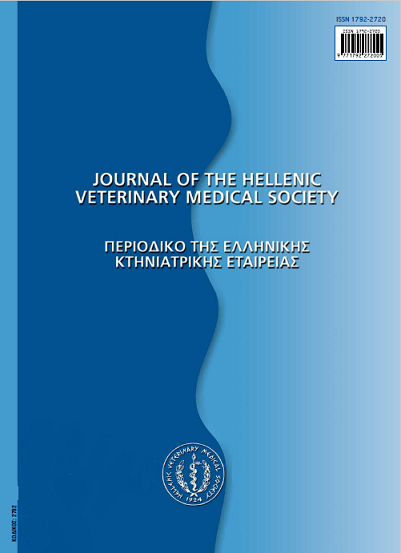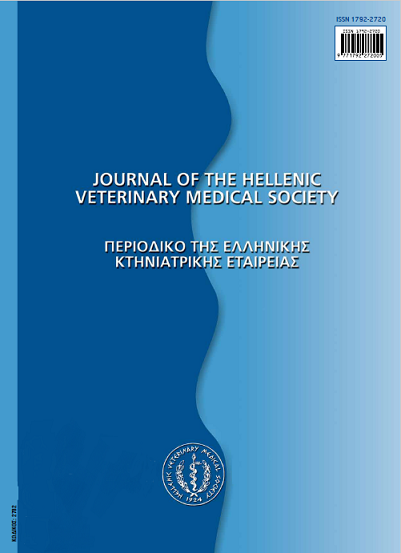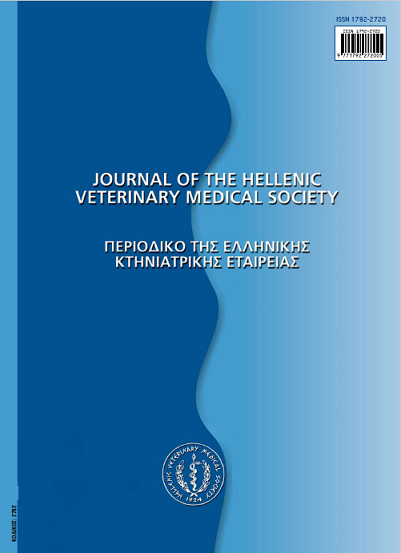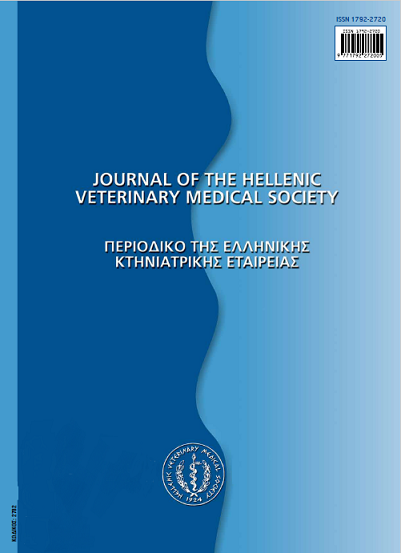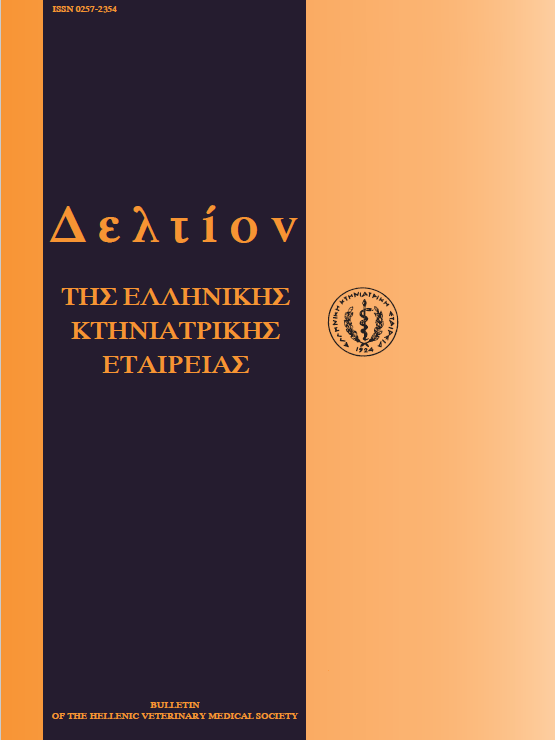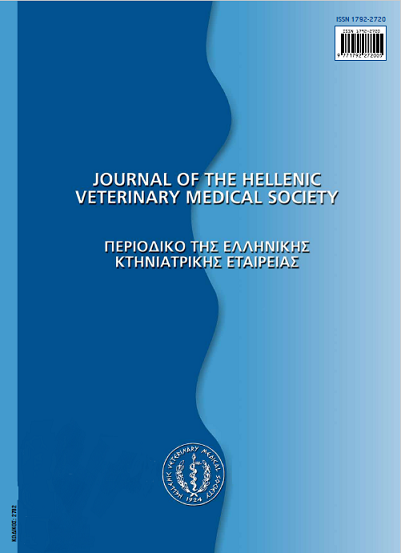Farm conditions and production methods in Chios sheep flocks

Abstract
The objective was to describe farm conditions and production methods in intensively reared flocks of Chios sheep in Greece. The total of 66 farms of the Chios sheep Breeders Cooperative "Macedonia" were included in the study that was carried out using a purpose-built questionnaire and farm visits for onsite assessment by an experienced veterinarian. A detailed databasewas constructed using the information obtained from individual farms. Thereafter, four parameters concerning structural and management components were selected (flock size, sheep breeding experience, pasture use and application of three milkings daily) and their effect on milk production was estimated using one-way ANOVA. The results showed that the average flock comprisedof 314 sheep (16 rams, 210 ewes and 88 lamb ewes), whereas flock size was positively correlated to milk production (P<0.05). Inaddition, large flocks had more personnel and practiced three milkings per day (P<0.05). The majority of farms (83.3%) had milking parlours and the average milk yield per ewe was 276.6±55.6. The majority of farmers were relatively young (41.2±8.9years old) with limited experience in sheep production. However, they had a good level of education and showed increased interest in intensification and specialization of production methods. The acreage of private land was generally small (7.6 hectares) and was used mainly for production of feedstuffs; grazing was a secondary objective. In most farms, the feeding management wasinappropriate; overfeeding of concentrates and unbalanced rations was the dominant practice. Preventive measures included vaccinations (100% of farms vaccinated for clostridial diseases) and anthelminthic treatments (at least once a year in all flocks). In conclusion, farm conditions and production methods in studied flocks were considered satisfactory and revealed the potential for further improvements that are discussed here.
Article Details
- How to Cite
-
GELASAKIS (A. ΓΕΛΑΣΑΚΗΣ) A. I., VALERGAKIS (Γ. ΒΑΛΕΡΓΑΚΗΣ) G. E., FORTOMARIS (Π. ΦΟΡΤΟΜΑΡΗΣ) P., & ARSENOS (Γ. ΑΡΣΕΝΟΣ) G. (2018). Farm conditions and production methods in Chios sheep flocks. Journal of the Hellenic Veterinary Medical Society, 61(2), 111–119. https://doi.org/10.12681/jhvms.14880
- Issue
- Vol. 61 No. 2 (2010)
- Section
- Research Articles

This work is licensed under a Creative Commons Attribution-NonCommercial 4.0 International License.
Authors who publish with this journal agree to the following terms:
· Authors retain copyright and grant the journal right of first publication with the work simultaneously licensed under a Creative Commons Attribution Non-Commercial License that allows others to share the work with an acknowledgement of the work's authorship and initial publication in this journal.
· Authors are able to enter into separate, additional contractual arrangements for the non-exclusive distribution of the journal's published version of the work (e.g. post it to an institutional repository or publish it in a book), with an acknowledgement of its initial publication in this journal.
· Authors are permitted and encouraged to post their work online (preferably in institutional repositories or on their website) prior to and during the submission process, as it can lead to productive exchanges, as well as earlier and greater citation of published work.



